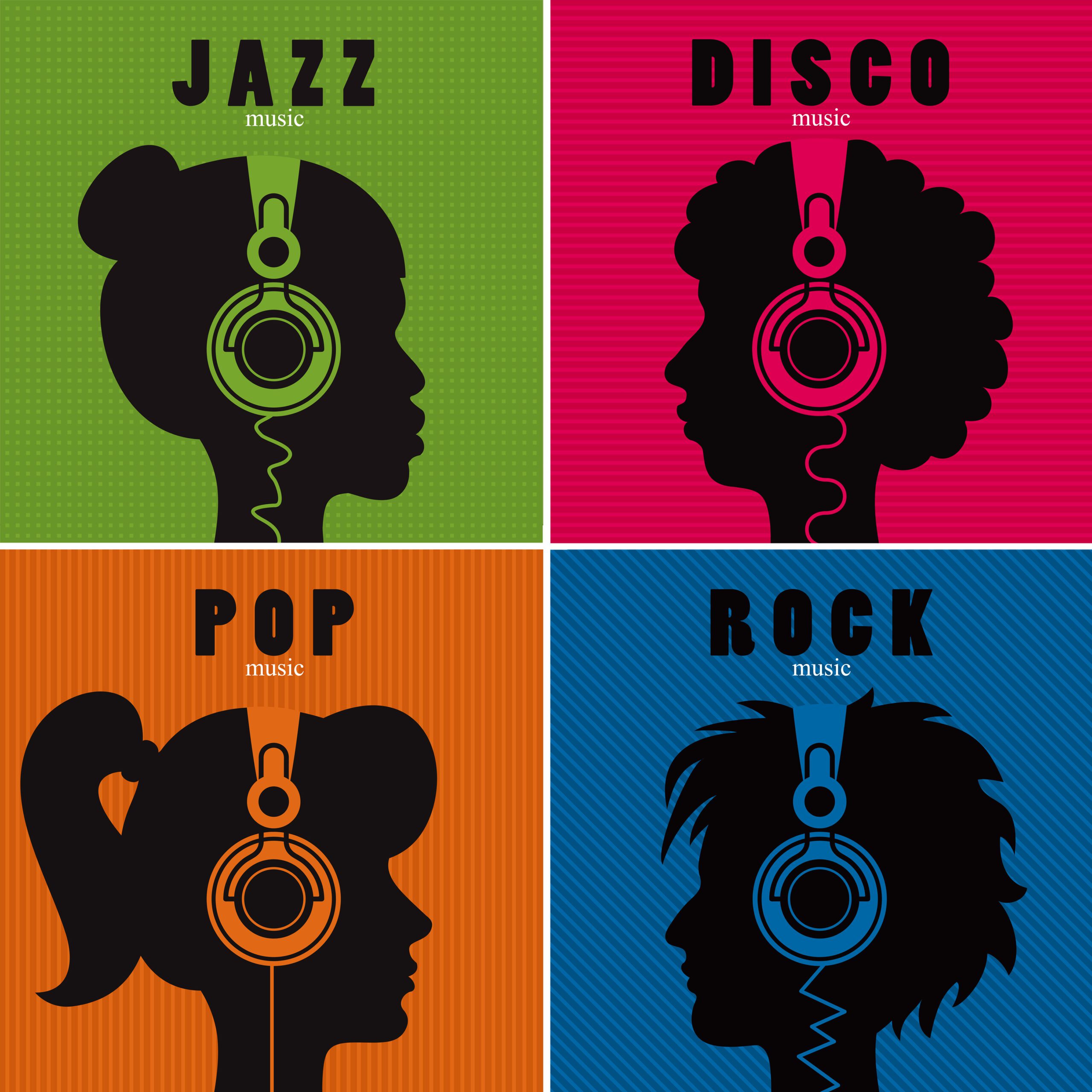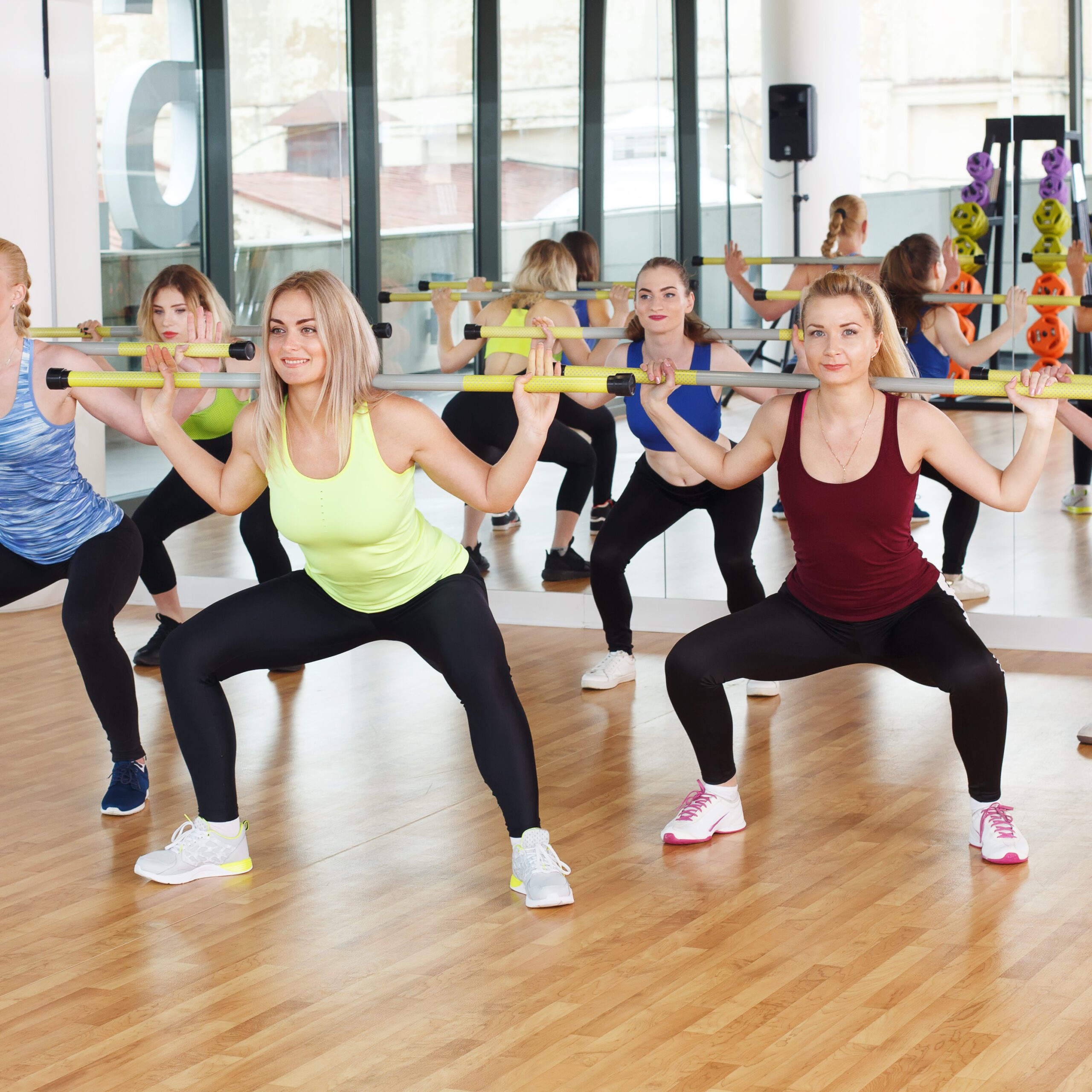Maximize Your Workout: The Best Music Genres for Enhanced Exercise Efficiency
January 4, 2024
 776
776 
The power of music to transform our exercise experience is both profound and often underappreciated.
As you lace up your sneakers and prepare for a workout, the tunes you select can do more than just entertain you.
They can significantly enhance your workout performance and enjoyment.
Various music genres carry with them a unique blend of psychological and physiological effects that can amplify or alter the nature of your exercise session.
From the upbeat tempos of pop to the driving beats of hip-hop, music is not just a backdrop for exercise; it’s a catalyst for elevating workout efficacy.

When we dive into the science of music in relation to exercise, we uncover a fascinating interplay between sound and physical performance.
Music isn’t just a distraction from the burn of a strenuous workout; it’s an integral component that can positively influence our motivation and mood.
Music has the power to uplift our spirits and enhance our mood, which is crucial during challenging workouts.
A tune that resonates with us can act as a motivational tool, pushing us to work harder, faster, and longer.
It can transform a routine workout into an invigorating experience, making the time seem to pass quicker and the effort less strenuous.
The tempo and rhythm of music also play a significant role in how we perceive exertion.
Fast-paced music can stimulate an increase in heart rate, preparing the body for intense workouts.
It’s like having an internal metronome that helps us maintain a steady pace, synchronizing our movements to the beat.
Studies have shown that syncing workout pace with music tempo can increase physical efficiency.
For instance, cyclists who pedaled in time to music required less oxygen compared to cycling with asynchronous or no music.
This synchronization can reduce the perceived effort, making challenging workouts feel more achievable.
Music, in its essence, is a powerful tool in the fitness arsenal.
It’s not just about the tunes you love; it’s about how those tunes align with your workout goals, intensity, and duration.
Understanding this synergy can greatly enhance the effectiveness of your exercise routine and your overall enjoyment of it.

The effectiveness of a workout can be significantly enhanced by matching the right genre of music to the type of exercise.
Different genres cater to different workout intensities and styles, amplifying their benefits and overall experience.
For high-intensity workouts like HIIT or strength training, the key is to keep the energy and adrenaline high.
Fast-paced, energetic genres like Electronic Dance Music (EDM) or hip-hop are perfect for this purpose.
The Power of Beats in High-Intensity Workouts
The strong, regular beats of EDM and the rhythmic flow of hip-hop can drive the intensity of the workout, helping to keep the momentum going.
These genres are known for their high BPM (beats per minute), which aligns well with the fast-paced nature of HIIT exercises, encouraging quicker movements and a higher energy expenditure.
The energetic nature of these tunes can also provide a motivational boost, helping you push through the toughest parts of your workout.
When it comes to endurance training, such as long-distance running or cycling, the goal is to find a rhythm that you can maintain over an extended period.
Steady, rhythmic genres like house or drum and bass are ideal choices.
Maintaining Pace with Rhythmic Music
The consistent beats of these music genres can help in establishing and maintaining a steady pace, essential for endurance training.
The rhythm acts like a metronome, setting a sustainable pace that can prevent burnout and help in energy conservation over long distances.
The continuous flow of the music can also aid in mental endurance, keeping the mind engaged and focused throughout the workout.
For low-intensity exercises such as yoga, stretching, or Pilates, the music should promote relaxation and focus.
Genres like soft rock, jazz, or classical music are well-suited for this purpose.
Promoting Relaxation and Focus
The softer, more melodic aspects of these genres help in creating a calm and focused environment, conducive to exercises that require concentration and balance.
The slower tempo can aid in deepening stretches and maintaining poses in yoga, aligning breath with movement.
Classical music, in particular, with its lack of lyrics and soothing melodies, can be beneficial in mindfulness-based exercises, helping the mind stay present and attentive to the body’s movements.

The benefits of music in the fitness world extend beyond the workout itself; it plays a crucial role in the recovery phase as well.
After pushing the body to its limits, calming and soothing music genres can significantly aid in post-workout recovery and stress reduction.
The Healing Power of Calming Music
Genres such as ambient, classical, or soft acoustic have a gentle, relaxing quality that can help lower heart rate and breathing rate post-exercise, facilitating physical recovery.
The soothing melodies and slower tempos of these genres can aid in muscle relaxation, reducing the likelihood of cramps and stiffness.
On a mental level, calming music can help clear the mind, reducing stress and anxiety levels, which is vital for overall recovery and well-being.
Enhancing Mental Relaxation
Music with a slower tempo can be particularly effective during stretching or cool-down exercises, helping the body transition out of workout mode.
For activities like yoga or meditation, which are often part of a recovery routine, soft instrumental or nature-based sounds can enhance the experience, promoting deeper mental relaxation and mindfulness.

Creating a personalized workout playlist can significantly enhance your exercise experience, keeping you motivated and in tune with your workout routine.
A well-curated playlist can act as a personal trainer, setting the pace and tone for each phase of your workout.
Tailoring Your Playlist to Your Workout Routine
Start by considering the type of exercise you’ll be doing and select music genres that align with the intensity and style of your workout.
Include a mix of fast-paced songs for high-energy segments and slower tracks for warm-up and cool-down phases.
Variety is Key
Don’t be afraid to mix genres.
A playlist that transitions from upbeat pop or rock to tranquil acoustic or classical tunes can keep your workout interesting and effective.
Consider the length of your workout and ensure your playlist is long enough to cover the entire session without repetition, which can be key to maintaining interest and motivation.
Personalization for Maximum Effect
Choose songs that you personally find motivating and enjoyable.
Music that resonates with you on a personal level will be more effective in keeping you engaged.
Regularly update your playlist to include new tracks.
This can prevent boredom and keep your workouts feeling fresh and exciting.
By thoughtfully selecting and organizing your music, you can create a playlist that not only complements your workout but elevates it, making each session a more enjoyable and effective experience.

In the world of group fitness, whether it’s a high-energy spin class or a synchronized aerobics session, music stands as a central pillar in creating an electrifying group atmosphere.
The role of music in these settings goes beyond mere background sound; it’s a driving force that unites participants and elevates the overall class experience.
Energizing Group Dynamics Through Music
In group fitness classes like Zumba, spin, or step aerobics, the choice of music can significantly impact the energy and enthusiasm of the class.
Upbeat and rhythmic tunes can create a sense of unity and motivation, encouraging participants to push their limits.
The tempo and genre of music are often matched with the intensity of the workout, with peaks and troughs in the music aligning with those in the exercise routine.
The Instructor’s Role in Music Selection
Fitness instructors play a crucial role in curating music that complements the class’s pace and energy.
The right playlist can transform a routine workout into an exhilarating experience.
Instructors often use music as a tool to cue participants, with changes in tempo indicating transitions between different phases of the workout.
The interplay between music and exercise is a dance of rhythm and endurance, where the right tunes can significantly boost the efficiency and enjoyment of your workout.
The impact of music on weight loss efficiency is clear – it can drive you to work harder, last longer, and enjoy each moment of your fitness journey.
Finding Your Perfect Workout Beat
As you embark on or continue your fitness journey, don’t underestimate the power of music.
Experiment with different genres and tempos to discover what resonates best with your workout style and goals.
Whether you’re lifting weights to the powerful beats of rock, running to the energizing rhythms of pop, or cooling down to the soothing melodies of ambient tunes, finding the right music can be a game-changer in your weight loss journey.
Remember, the perfect workout playlist is not just about the songs you choose; it’s about how those songs align with your workout, your mood, and your goals.
So go ahead, play with different rhythms and beats, and find the soundtrack that makes your fitness journey not just effective, but enjoyable.

A new study suggests that a widely used sugar substitute found in diet sodas, chewing gum, and low-sugar yogurt may elevate insulin levels. This could increase the long-term risk of heart disease. “Artificial sweeteners have infiltrated nearly all types of food, making it crucial to understand their long-term health effects,” said Yihai Cao, senior author […]

Diet Coke has long been a fan-favorite among soda lovers who want a fizzy, guilt-free alternative to traditional soft drinks. While its zero-calorie, zero-sugar label makes it seem like a healthier option, the reality is far more concerning. Despite its undeniable popularity, Diet Coke’s nutritional profile has raised red flags among health experts for years. […]

New study shows that embracing an anti-inflammatory, plant-forward diet can support cognitive function and help reduce the risk of dementia. What You Eat Shapes Your Brain The food you eat doesn’t just impact your body—it also affects your brain. Research suggests that eating an anti-inflammatory, plant-based diet can help improve memory, focus, and overall brain […]